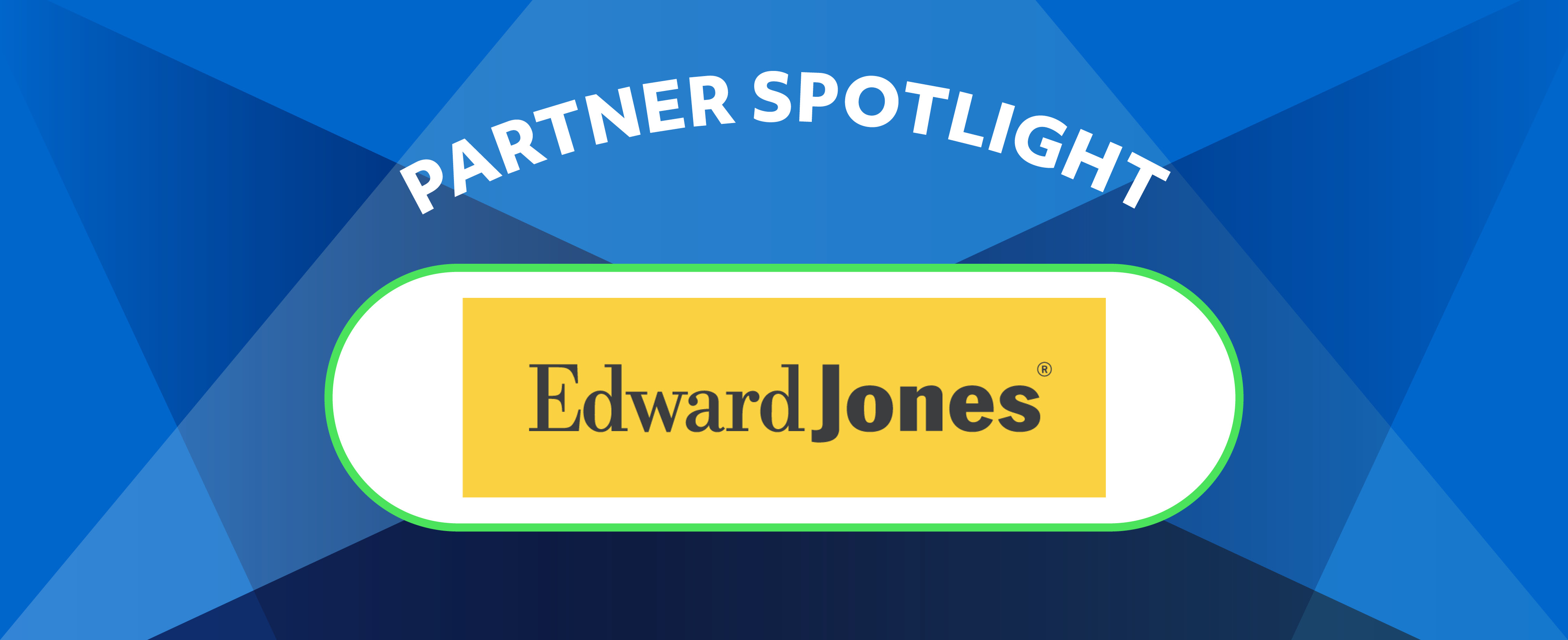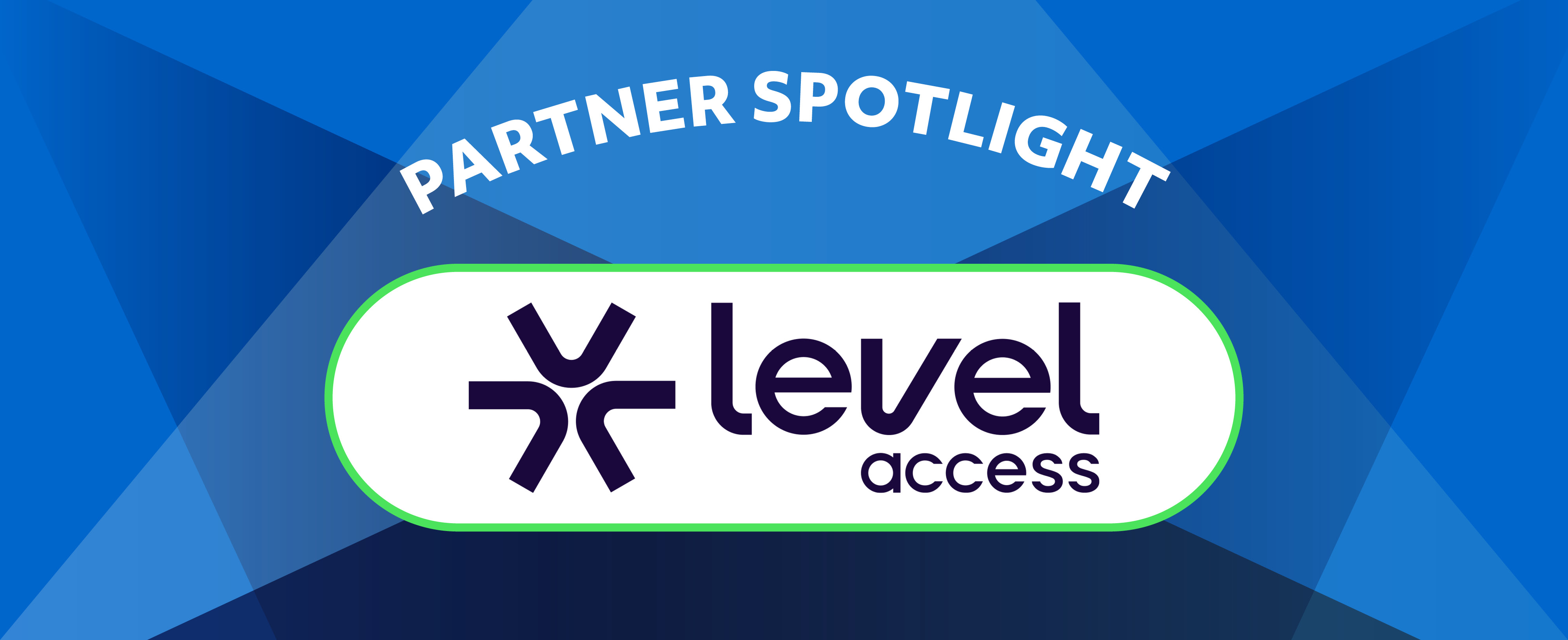Skip to Main Content
Partner Spotlight: Fidelity Investments



Fidelity Investments is fast-tracking disability inclusion
“Without accessible products and services, millions of customers with disabilities cannot manage their finances independently. I have been overwhelmed by the visibility and level of engagement our leaders and senior executives devote to accessibility. Knowing that we can turn to them to message accessibility as a priority, and to get the resources we need to evolve our program is one of the most gratifying things about working for Fidelity.”-Dena Wainwright (she/her) Vice President, User Experience Design
Fidelity Investments is prioritizing disability inclusion so they can emerge as a leader in their industry. To do this, they are covering all of the bases you might expect, but they are also committed to initiatives that might surprise you, coming from a financial services company.

Taking a holistic approach to inclusivity
Some of the developments you might expect are their enterprise-wide digital accessibility program, easily reached on their accessibility global footer. They have a voluntary self-identification initiative, a disability hiring program, a vibrant employee resource group called Enable, and a caregiving group comprised of Enable members and members of the working parents ERG. Their employee benefits include resources such as emotional well-being services, resources for caregivers navigating special needs, wellness coaching, and an Autism and behavioral needs navigator. Their accommodations team helps employees connect with productivity tools and any disability-related leaves of absence.But Fidelity has also implemented a lot of impactful initiatives you might not expect. For example, accommodations can be ordered through a self-service portal called the “Accessibility Marketplace.” Fidelity’s favorite thing about this marketplace—other than the fact that it’s the place employees can go to secure productivity tools—is that the tools and services it provides are funded through a centralized cost center. What does that mean? It means that Accessibility Marketplace offerings are never taken from a local budget, so there will never be a debate over whether employees can have team outings or American Sign Language (ASL) interpreters. And that’s just one example—from screen readers to customized desks, Fidelity’s Accessibility Marketplace is proud to provide productivity tools of all kinds to help everyone be as effective as they can be.

What better way to be welcoming to everyone—including people with disabilities?
One tool Fidelity is especially excited about is their video relay interpretation (VRI) service available at each of their branches, which allows people who are deaf or hard of hearing and fluent in ASL to communicate with any branch representative. This app can summon a live ASL interpreter in seconds. And while assisting those fluent in ASL was their original intention, with this capability they can also bring in interpreters who speak over 30 languages. Now, anyone can communicate in the language of their choice in any Fidelity branch.Fidelity’s Accessibility Help Desk is also at the service of Fidelity retail customers. If you’re on Fidelity.com or using their app and you’re having a hard time because a part of their experience isn’t accessible enough yet, they have a team of representatives ready to help over the phone and through secure chat via Fidelity.com.
Driving inclusivity outside their organization
In addition to the high expectations, they have of themselves, Fidelity also holds their vendors to high accessibility standards through their Procurement Vendor Accessibility Program (PVAP). With this initiative, Fidelity is essentially saying: if you want to work with them, you need to prove that your product or service is accessible. And to ensure this commitment is carried out, Fidelity has established accessibility guidelines, policies, procedures, and contracts for vendors supplying their customers and associates with products and services.
Committed to intersectionality
Another team that’s working hard to level the playing field is Fidelity’s Customer Inclusion Team (CIT). The CIT is committed to making Fidelity culturally relevant to underrepresented communities. They do this by listening closely and carefully to the Disability community, but also to the Black, Latino, AAPI, LGBTQ+, and military communities as well. The CIT then helps to modify or reimagine Fidelity’s products and services accordingly. Over the past year, Fidelity’s CIT has built extensive websites that serve as hubs for tips, tools, and resources to help the Black and Latino communities build generational wealth and reach their financial goals.Fidelity loves sharing what they’re learning about disability inclusion with their customers and clients. That’s one of the perks of working with Fidelity—as a client, you have access to their collection of growing knowledge. According to Hale Pulsifer, VP Customer Inclusion, “It’s genuinely a pleasure and a privilege for us to share what we learn on our disability inclusion journey. We are proud to empower clients to help their associates be more successful on their own journeys.” For more of Fidelity’s disability inclusion thought leadership, check out Hale’s LinkedIn profile for topics such as neurodiversity, mental health inclusion, ableism, psychological safety, and intersectionality.

This company is proud of what they’ve accomplished so far, but they realize they’re early in their journey. As they continue to learn, Fidelity will continue to transform so they can better anticipate and accommodate the diverse and evolving needs of the people they serve.
Fidelity Brokerage Services LLC, Member NYSE, SIPC, 900 Salem Street, Smithfield, RI 02917
© 2023 FMR LLC. All rights reserved. 1089135.1.0



